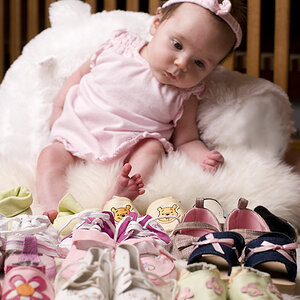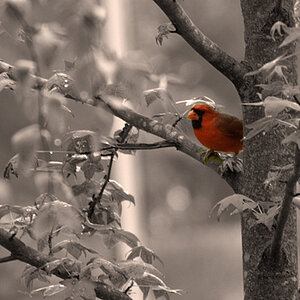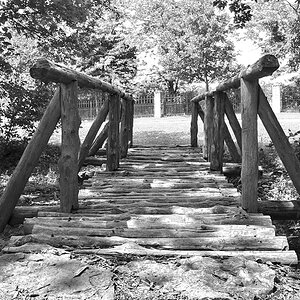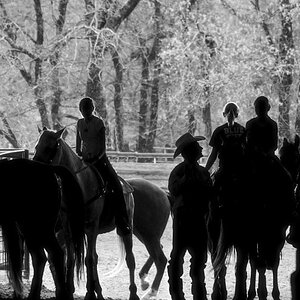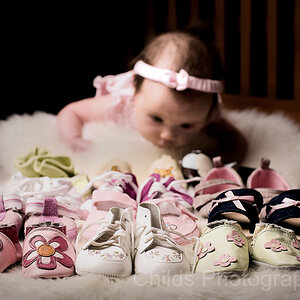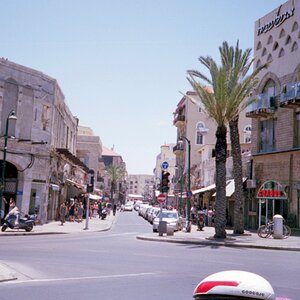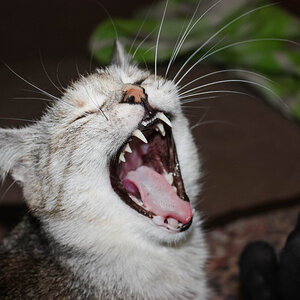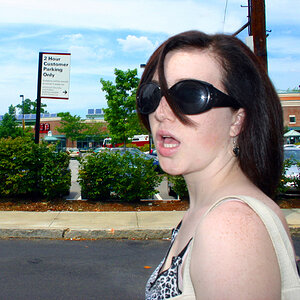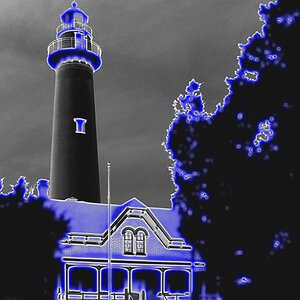LawrenceChiu
TPF Noob!
- Joined
- Mar 16, 2011
- Messages
- 40
- Reaction score
- 2
- Can others edit my Photos
- Photos OK to edit
I've been reading some articles and people say that using flash for portrait outdoor/daylight is the best to fill in the shadow.
I have a pretty cheap flash, but still better than a popeye flash, a Sunpak PZ40XII.
What's the best way to use it?
Should I find something to diffuse it with?
I find that if I put printer paper over it, the light gets soften.
Should I use the flash as normal for outdoor and put a diffuse over it?
I have a pretty cheap flash, but still better than a popeye flash, a Sunpak PZ40XII.
What's the best way to use it?
Should I find something to diffuse it with?
I find that if I put printer paper over it, the light gets soften.
Should I use the flash as normal for outdoor and put a diffuse over it?




